Kharka Bahadur Gurung, from Bega village above Dentam in West Sikkim, is more than willing to talk about his days as a shepherd. He reels off the names of places as he traces the route of his annual migration with his flock, as they climbed ever higher in search of new pastures. At any given time, his flock numbered more than 300 sheep, and remembering the annual routine of taking his flock along familiar places brings a sparkle to his seventy-five-year-old eyes.
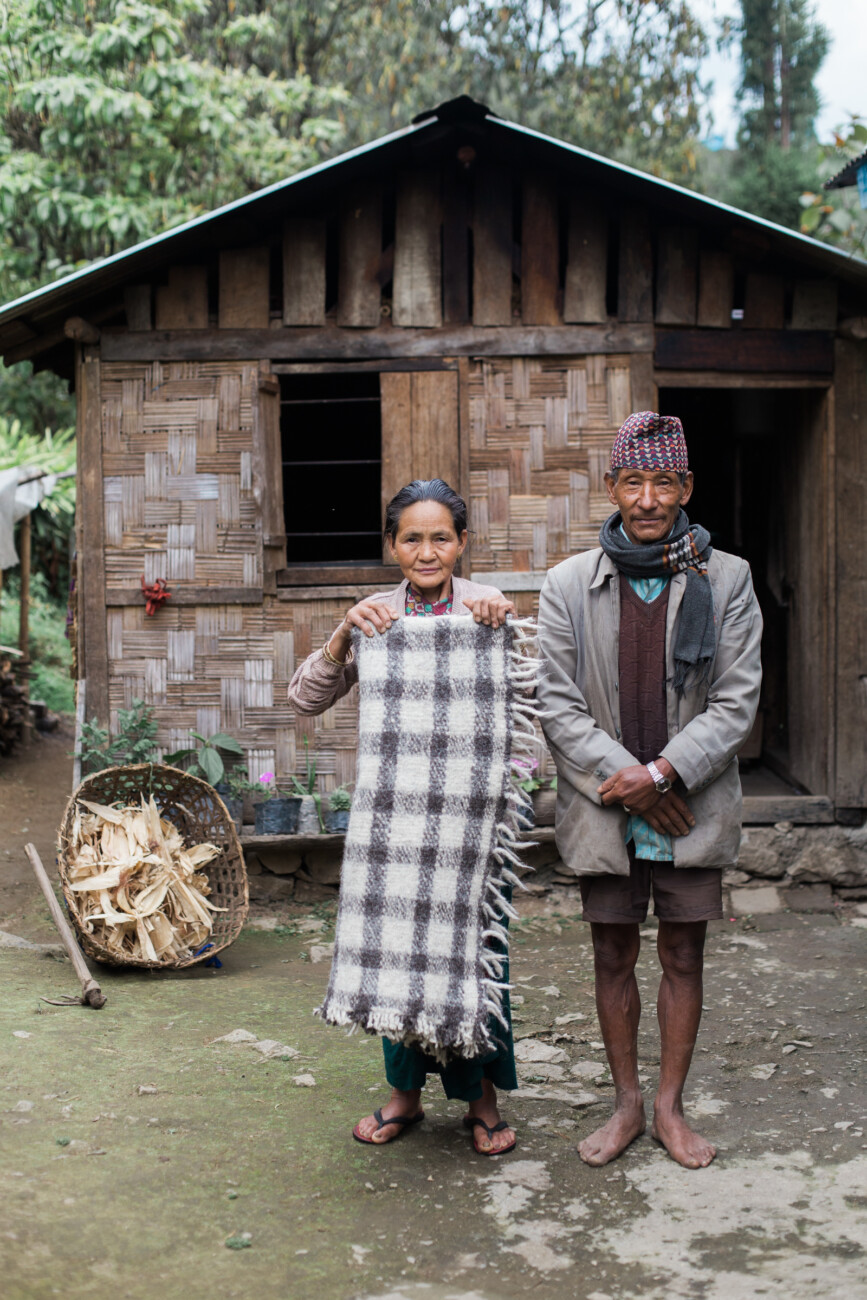
“I was ten years-old when I accompanied the flock for the first time, because my father fell ill and could not go.” It was hard initially but gradually he spent thirty years with his flocks, always tracing the familiar routes.
His was not the only flock—Kharka Chettri from Uttarey, Lama Gurung from Sopakha, Jarbothay from Kum Khola, Rukho Bau from Buri Khop, Maney Antarey and Fathy Kancha also owned flocks.
As spring began at the lower altitudes, they would begin grazing on those slopes. They would follow the pastures as spring wrought its magic to the land. They began at Darelee, Bajatham, Ghairi, Doorh, Ningalitham, Phedongtham, Buri Pani, Sikkimako, Ghara Khet until they reached the famed lakes, Lam Pokhari, Dungay Pokhari and Laxmi Pokhari. They passed through steep cliffs like Kag Bhir and Daffey Bhir. At the Nepal-Sikkim border they would offer gifts of butter and cheese at the post, and they would be allowed to cross over to Nepal where they would meet up with shepherds from the other side and enjoy some days with them, drinking, feasting, singing and dancing while their flocks grazed. After sometime they would retrace their steps back to Sikkim.
Kharka Bahadur recounts some magical experiences in the high altitudes: “There would be a storm raging and we would see the thick clouds a long way below us. We would see the lightning strike below us and hear the thunder rolling. If it rained, we would be drenched by the rain falling, not from the sky, but it would hit us in horizontal torrents. The weather changes at that altitude within minutes. Hail storms were frequent and the herds would stand together in compact groups, sheltering their young ones. Sheep is a highland animal and they know how to protect themselves.”
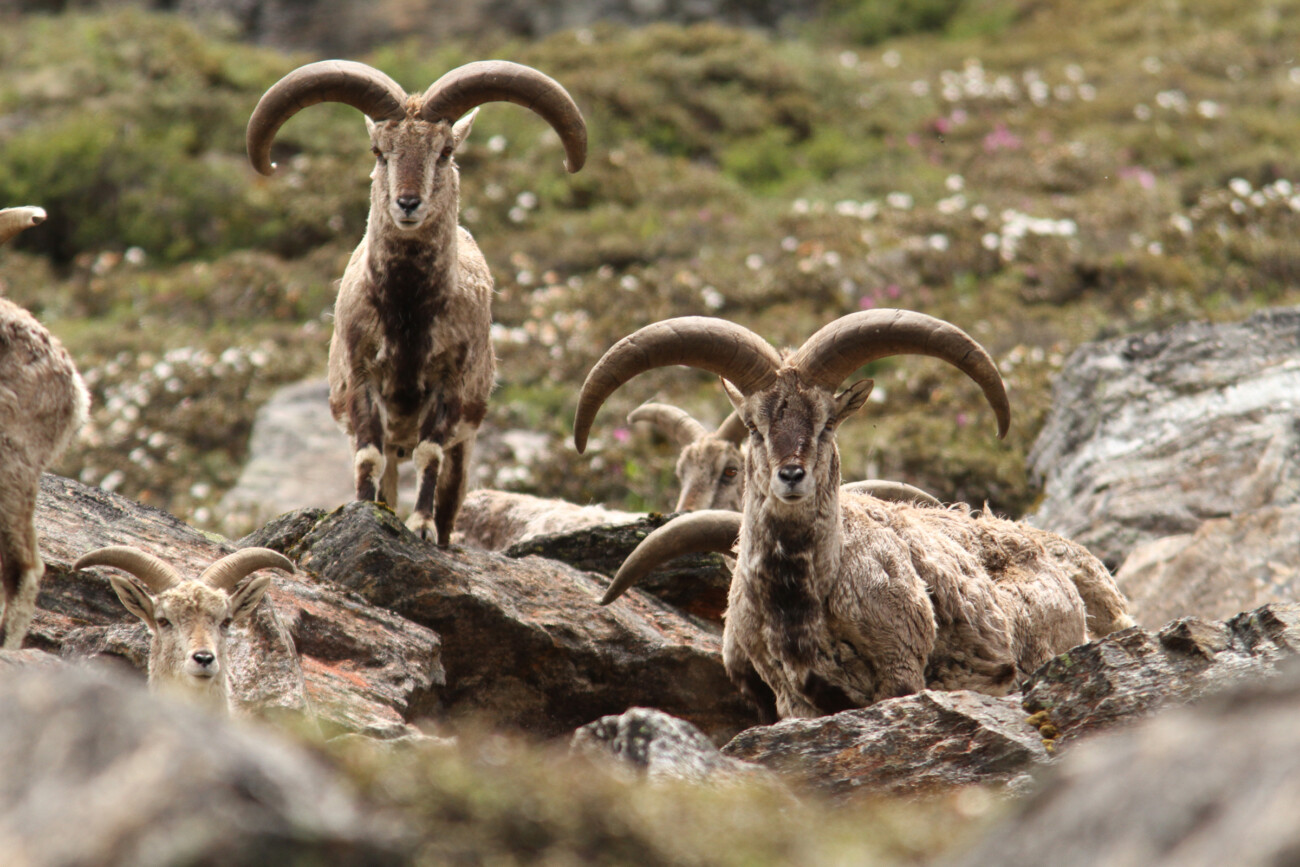
Did they find food there? “Yes, it is so clean there. We would find watercress growing in the running streams; we would just pick some up and fry it in butter and it tasted delicious. There was asparagus too, which grew to great heights and from the distance one could mistake it for a yogi meditating on a mountaintop. Sometimes we would trap birds.”
Kharka spoke about the sighting of the Himalayan blue sheep, “They would move around in herds of twelve or fourteen, and we would sight them on a hill opposite us. We would run swiftly to get a closer look, but by the time we arrived, they would have moved on and would be looking at us calmly from another hill. This game went on for hours.”
At those heights, stories too abound. A story which is retold many times over is about the hidden paradise somewhere in the vicinity that could be entered through a secret opening. There are at least two versions; this is Kharka’s. He swore the story was true and it has been passed down from his great-great grandfather.
There was once an orphan boy who was hired to help with the sheep. One day, just like that, he disappeared and could not be found. They searched for him everywhere. Since there are no carnivorous animals at that altitude that could have harmed him, they assumed that he might have fallen down one of the stony crevasses and died. They were saddened by the loss. The shepherds continued with their nomadic lives but suddenly, after three years, the boy reappeared looking healthy and well. The astonished shepherds crowded around him.
“Where have you been? Tell us.” The questions were met with silence. “You have been gone for three years. Where did you go?”
The boy was silent until the insistent voices compelled him to tell them where he had been.
“One day I was with my flock looking for new pastures. I wandered deep into the mountains. The grass had disappeared. There were only rocks and stones. I came across an opening in the craggy surface of steep cliffs. I cautiously stepped in and to my amazement I found myself in a wondrous garden. There was this land just a step away from the rocky place I had left behind. I could not believe my eyes— there were trees laden with fruits and it was beautiful. There were some people there who were kind and looked after me. You say I have been gone for three years, well, it seems like only three months.”
After he told this story, the boy tried to find his way back to the land but he did not find the secret opening again.
As winter closed in, the shepherds would begin their descent with their flocks to home and beyond for trade, and in search of grazing grounds on empty rice fields after the harvest. This was also the time for sheering the sheep when the women and some men would get busy with processing the raw wool for weaving.
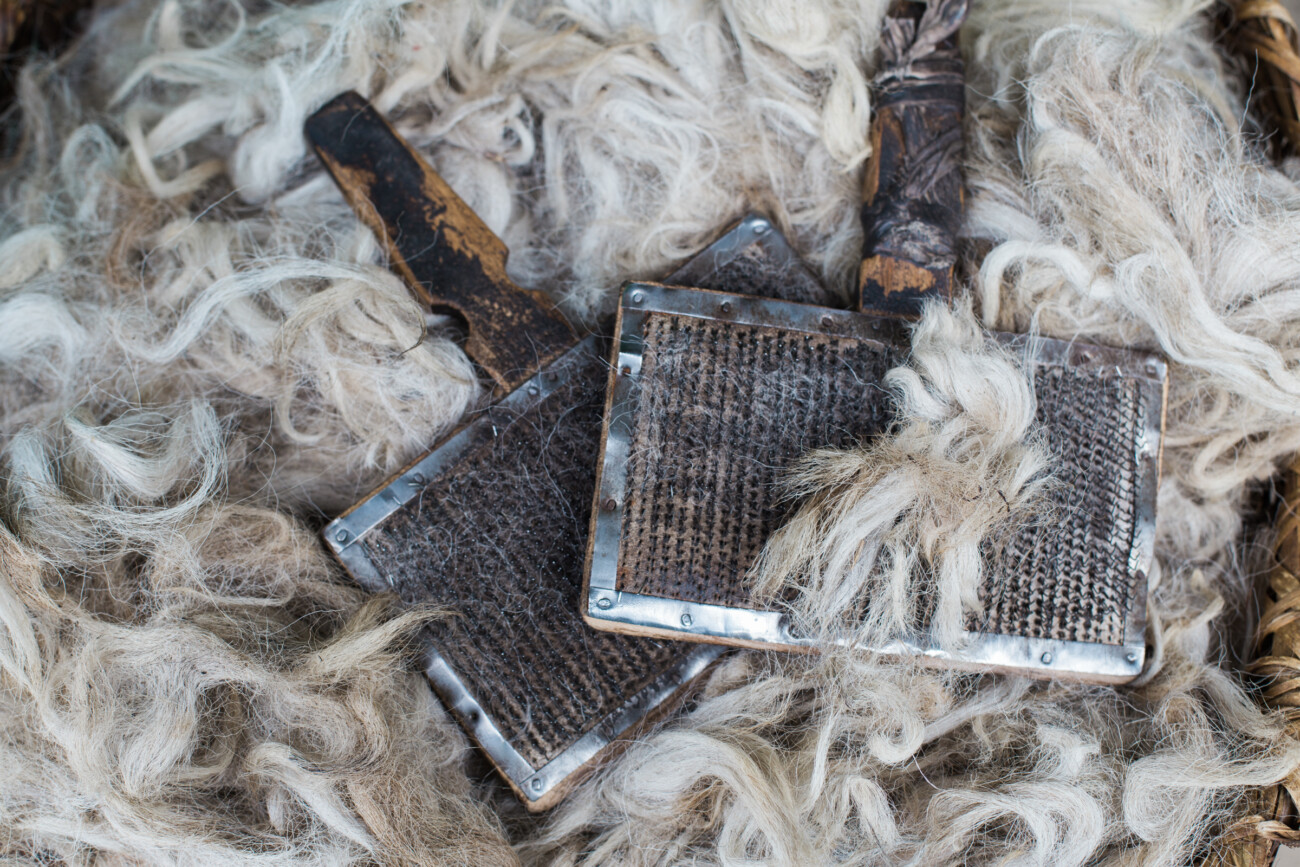
The eighty-year-old Dhanmaya Gurung began weaving when she was twenty years old. She described the laborious process of treating the raw wool until it was ready for weaving into various items for use at home and for sale. The wool is washed several times in warm water, then scrubbed and dried in the sun before carding and spinning it into threads using a spindle. The thread is finally mounted on a wooden frame/loom and then the process of weaving begins. They weave a variety of items like blankets, rugs, bakhu coat, lukuni, the traditional cape that the shepherds used, and now they have introduced new designs like waistcoats and caps. Dhanmaya insists that weaving is a profitable activity, but she complains that nowadays the younger generation is not interested in learning, even girls being reluctant. Some weaving and wool related activities still go on but in a much-reduced manner. Some families keep a few sheep in pens, grazing them on their own land and thus keeping alive the tradition of weaving and a way of life based on sheep rearing.
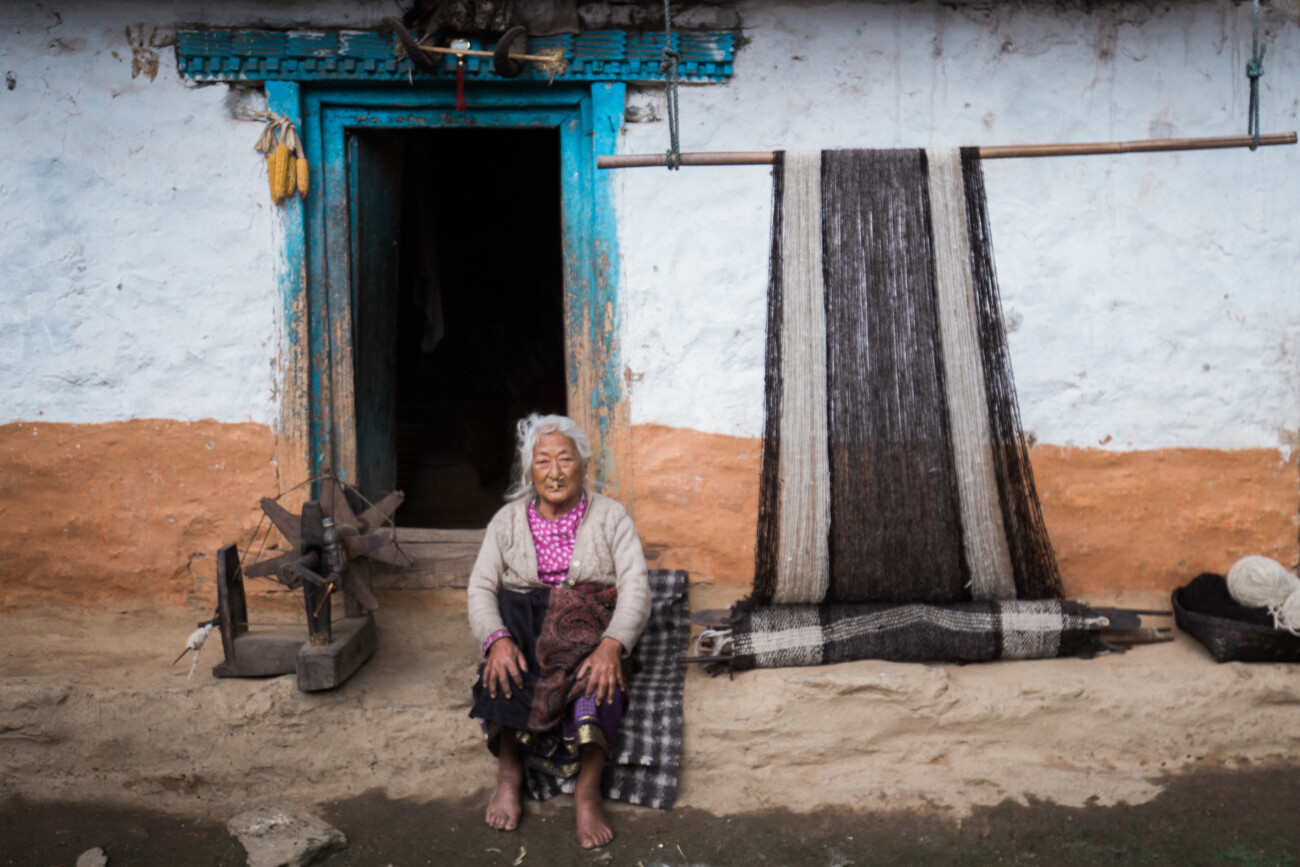
When parts of North and West Sikkim fell into the transboundary biological hotspot, bordering Nepal and Tibet, it was declared a World Heritage Site by UNESCO under the mixed criteria of UNESCO's heritage sites list on 17 July, 2016. Since then, there has been a ban on grazing. People whose livelihood depended on the herds and flocks have had to look for alternative avenues. The Gurungs of West Sikkim who depended on sheep rearing earlier have had to adapt to the changed circumstances. Although they cannot completely abandon their traditions so closely linked with sheep, they are swiftly adapting to new opportunities. The closing of the park to grazing initially caused panic and desperation forced them to sell their flocks at throw away prices across the border, but the resilience of the people has given rise to new openings, mainly connected with the promotion of nature/eco-tourism.
With the declaration of the park as a UNESCO Heritage site there was pressure on the government to comply with the rules of conservation. The UNESCO designation also added prestige to the park, and entitled it to financing from the World Heritage Fund.
There is a growing awareness about ecological issues and a resolve to understand the importance and the necessity to protect the environment and the biodiversity of the planet. Biodiversity of Sikkim: Exploring and Conserving a Global Hotspot, published in 2011, contains the findings of the Forest Environment and Wildlife Management Department, of the Khangchendzonga National Park. Among other conclusions, the authors indicate that there was a conflict of interest between those communities who depended on the pastures and forests for their livestock with the need to conserve the unique high Himalayan biodiversity. In order to maintain the larger herds of yaks and dzos, the herders often clear-felled oak forests to create pastureland and to plant more suitable fodder plants for their herds. Keeping the yak herds was a profitable occupation whereas the sheep flocks were smaller and operated at a subsistence level. However, the large-scale animal grazing damaged the delicate balance in the area. With the declaration of the park as a UNESCO Heritage site there was pressure on the government to comply with the rules of conservation. The UNESCO designation also added prestige to the park, and entitled it to financing from the World Heritage Fund.
In 2016, the then Chief Minister of Sikkim, Pawan Kumar Chamling said, “The UNESCO recognition will give a further push to eco-tourism in our state, while also helping us to regulate the high influx of visitors to more popular destinations with only a minimal negative impact of tourism…this is important since tourist arrivals to our state more than doubled to 38,479 in 2015 and our target is around 12 lakh visitors by 2025.”
Tourism associated with the protected park provides local communities with substantial incomes, especially at Pelling, Yuksom, Gangtok and Rabong. Tourism-related activities like running pack animals, working as porters, guides and lodge management have become major economic activities.
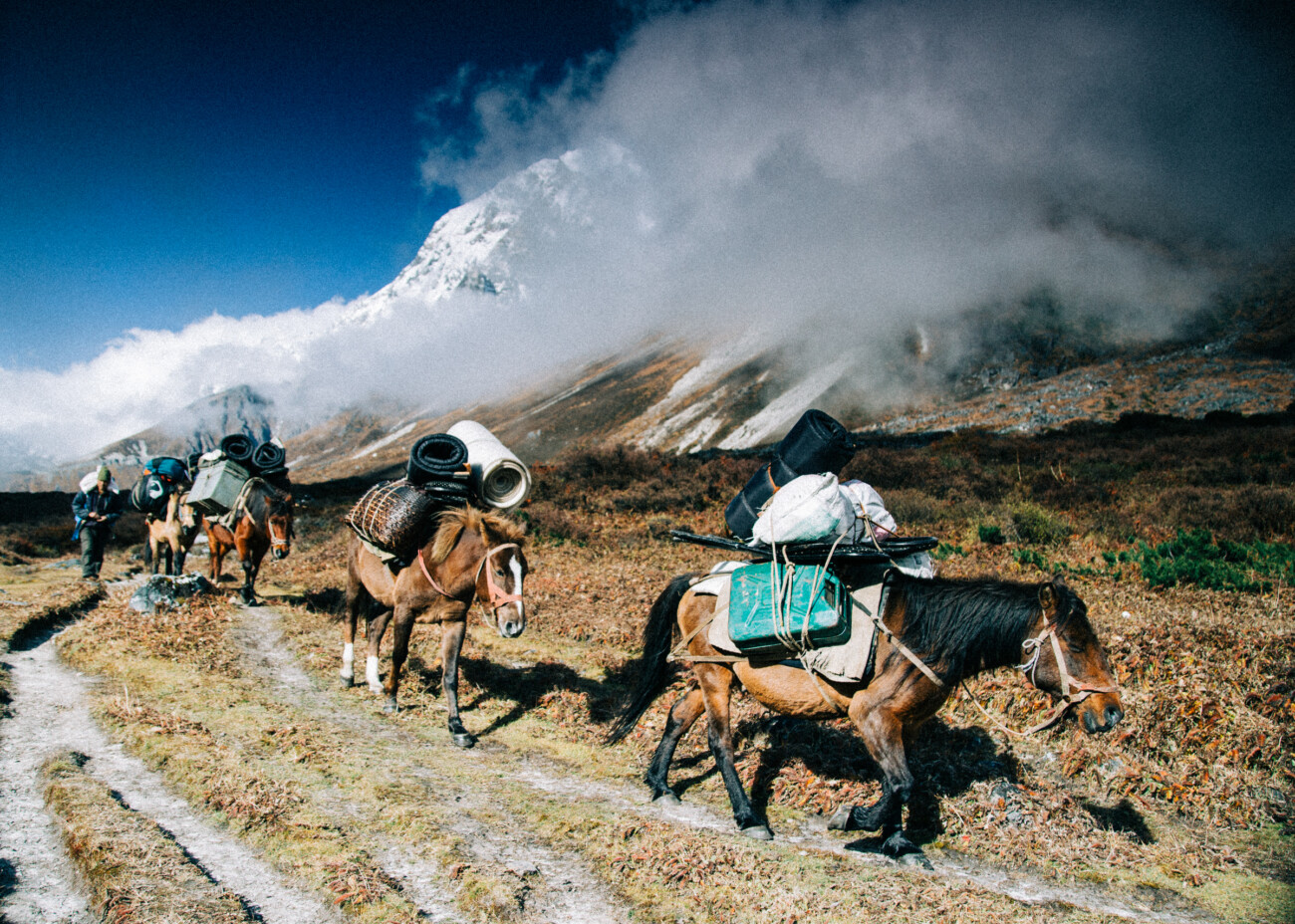
The communities that had traditionally depended on grazing in the high Himalayas have had to accept the new priorities of conservation, and to find ways to balance conservation of the environment and adopt sustainable means of living. Promotion of tourism and related services seems to be the answer.
The short- lived optimism for prosperity from ecotourism has come to an abrupt halt. The infrastructure built around catering to tourist and all the chain of people involved in tourism are hit by the pandemic that has swept across the globe. Speaking to Gopal Thapa who had started organizing treks and camping said that ecotourism had begun to yield good source of livelihood but now the people living in the vicinity of the Heritage site are also battling with the wild animals whose population has grown because of the protection. The people’s attempt to return to subsistence agriculture have to deal with the destruction of their crops by wild animals. Currently, any attempt to open the area for tourism is also fraught with life threatening dangers. Recently one of the homestay operators had a group of tourists from Kolkatta, but the proprietor himself was infected with Covid and passed away. There is an air of gloom and bewilderment.
References:
- Arrawatia, M.L. and Tambde, Sandeep ed. Biodiversity of Sikkim: Exploring and Conserving a Global Hotspot, Information and Public Relations Department, Government of Sikkim, Gangtok, June 2011.
- “Khangchendzonga National Park: India's New UNESCO World Heritage Site!” India Today, 2016, https://www.indiatoday.in/travel/wildlife/story/khangchendzonga-national-park-kanchenjunga-unesco-world-heritage-site-travel-lifetr-332557-2016-08-01.
- Interviews and field visits.
Photo Gallery
(Click to enlarge)




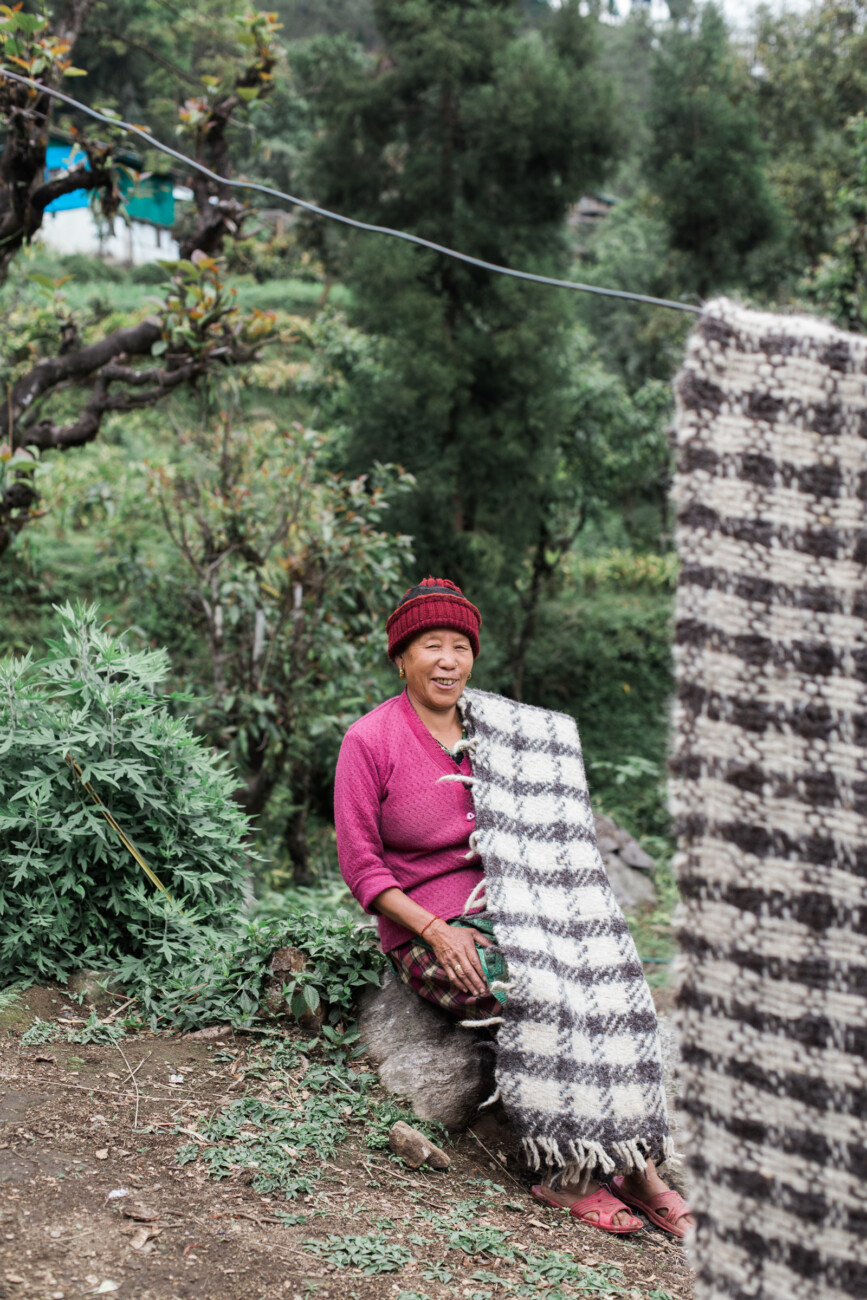
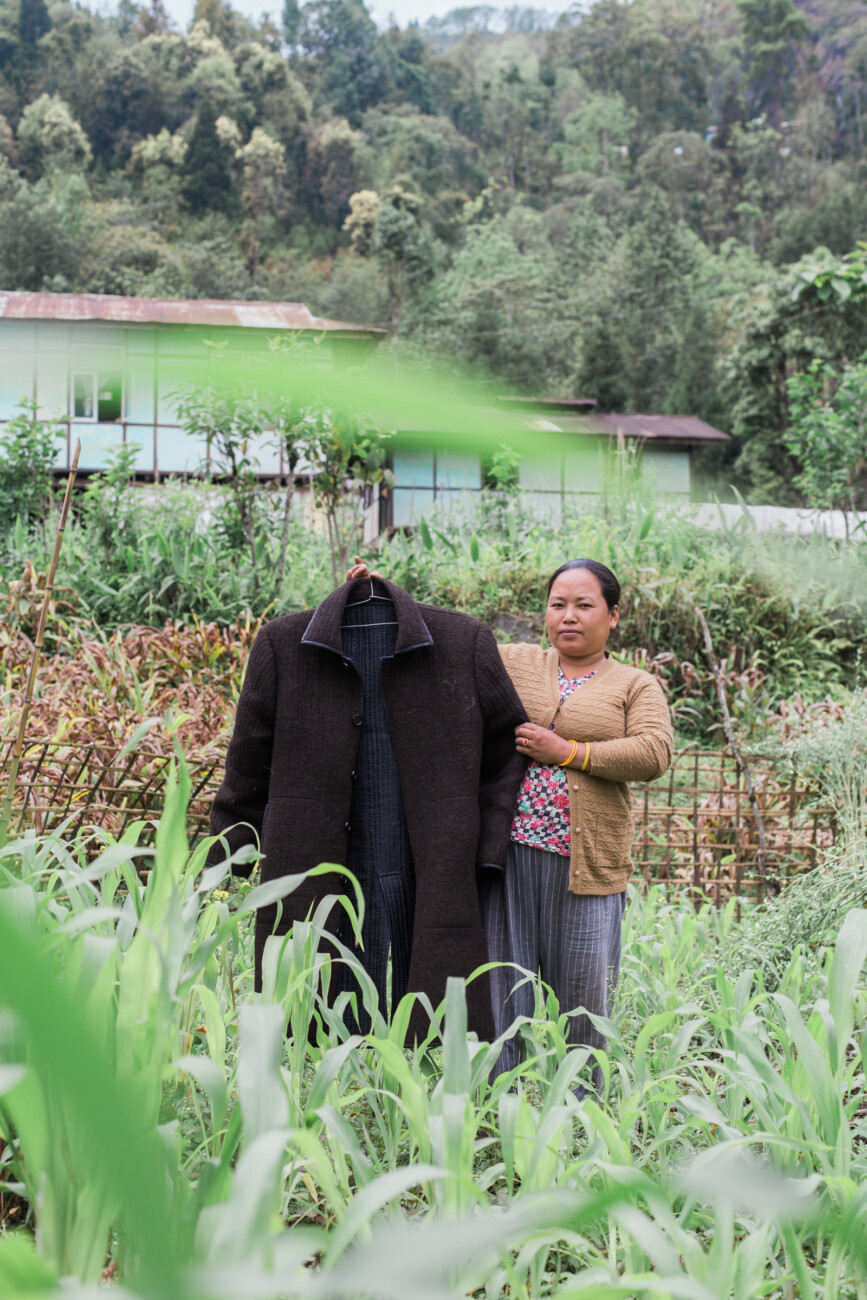


Strongly agree with the comment above--the need for a multiple stakeholder perspective on development , an issue the article brings out vividly. I hope the Rari weaving (spelling?) will survive the change overs. In the 60s we made some capes and smashing boots with it at the cottage industries in Gangtok, but much better if it can remain a genuine household industry.
Interesting initiative.
Ecotourism is often touted as a way of promoting sustainable development.
However it is a double edged sword, as we see in the article. Esp when we pursue short term benefits without considering long term impacts
Need to develop a multistakehokder perspective for ecotourism to succeed.
Loved the accompanying photographs! They add so much to the texture of the text.